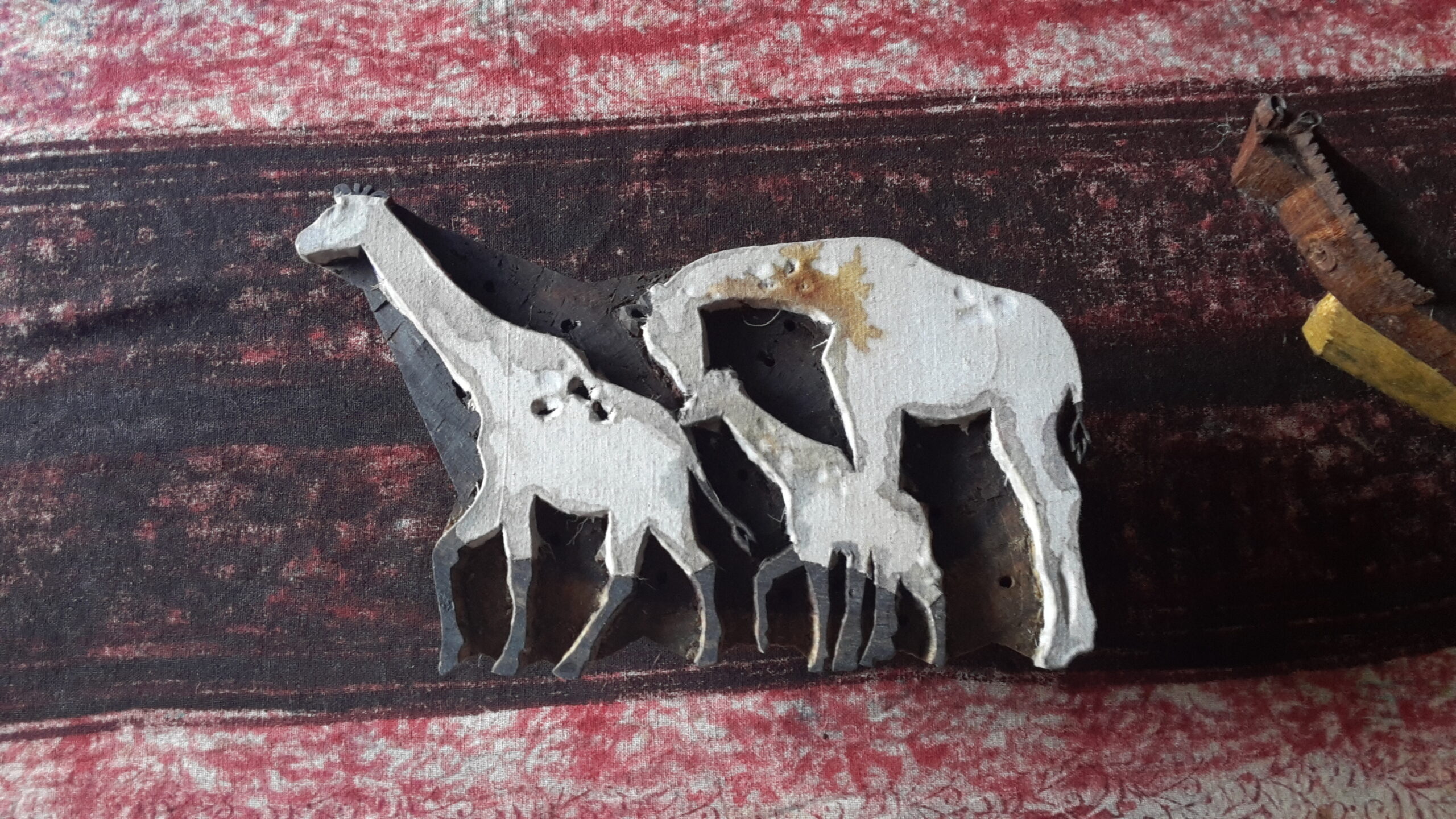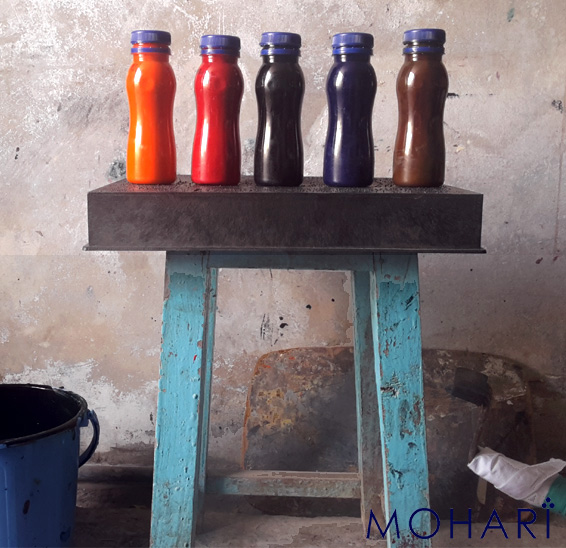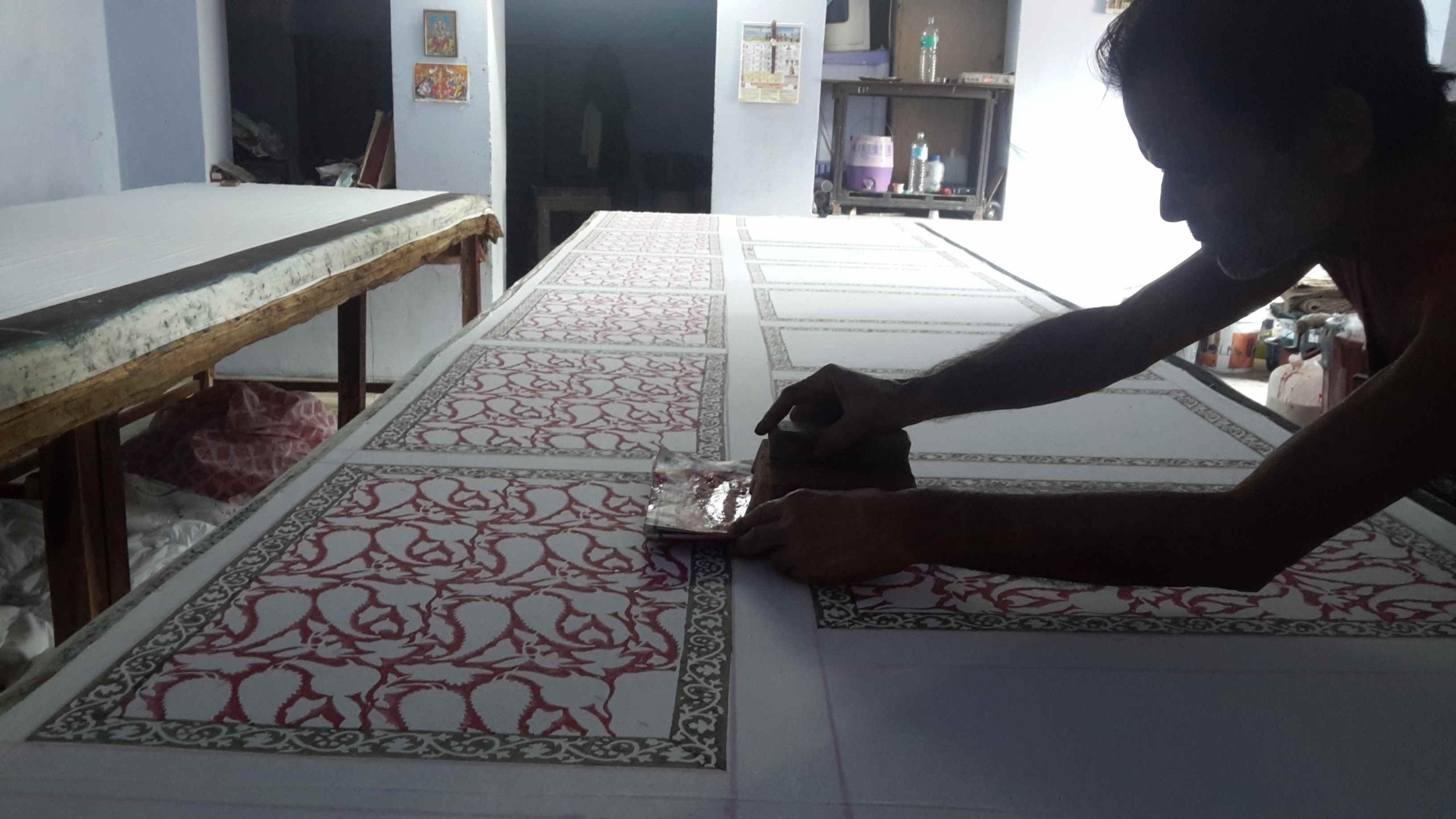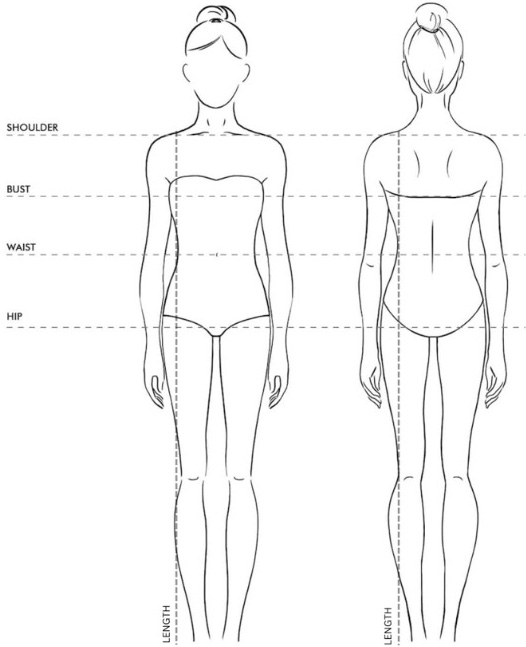
Eco-friendly printing process
Difference between eco-friendly printing and non eco-friendly is same as difference between screen and hand block printing process; it costs cheap. Printing fabric with natural dyes is the most popular and old technique of decorating fabrics but now due to limitation of various colors and their shades in natural-vegetable colors, other printing techniques have come into practice.
What is eco-friendly printing process?
Most of the people from textile industry are aware of AZO compounds and REACH substances. Description of certain harmful substances banned in European market is available in section 8 of REACH regulation. More than 1000 substances are specified as hazardous and can create skin and health diseases if used. Some European countries have prohibited importing any textile products that contains any of these substances.
In simple words, Azocolourants Directive 2002 / 61 / EC also known as AZO dyes is a name for synthetic dyestuffs group which is often used in textile printing. Aromatic amines that are harmful while in skin contact are released by Azo dye stuffs. It can be presented in colors or dyes, binder, emulsifiers and many other products that are used for making paste.
Each product used in making paste is available in both eco-friendly and non eco-friendly components. Non eco-friendly dye stuffs are way too cheaper and easily available in the market. Each product should be checked for Azo free and that complies with REACH components. Buying any finished product that contains aromatic amines of Azo dyes above 30 to 50 ppm may affect babies most and can develop derma because they have the most sensitive skin.

In MOHARI we maintain international quality standards in order to deliver fabrics that you would love to use and feel safe. In our entire process of hand block printing we are using products that are eco-friendly and using Azo-free dyes benefits in removal of metallic components that can induce chemicals in fabrics.



